SPECS THAT MATTER
Distortion: inaudible; 100-1000x lower than any transducer (speaker or headphone) you're using
Noise: inaudible; far below a typical speaker power amplifier
Input capability: accommodates all actual music recordings (upsampling for the heck of it, maybe not), 2 USBs!
Heat: runs moderately warm; this is normal and no need for panic
Size: suitable for typical stereo shelf or rack placement, not super desk-friendly
OTHER SPECS
Frequency Response: 20Hz-20KHz, +/-0.06dB
• THD+N: <0.0008%
• IMD: <0.0006%, CCIF
• S/N: > 112dB, referenced to full output
• Crosstalk: -128dB, 20-20kHz
Maximum Output: 2.0V RMS single-ended, 4.0V RMS balanced
Inputs: Coaxial SPDIF, Optical SPDIF, USB
Input Capability
- Up to 32/384 for Unison 384
- Up to 32/192 for other inputs
Input Receiver
- SPDIF: AK4118
- USB: Schiit Unison USB™
Outputs: RCA (single-ended) and XLR (balanced)
Output Impedance: 75 ohms for both
Conversion Type: Schiit Multiform™
D/A Conversion IC: Texas Instruments DAC8812C x 4
Digital Filter: proprietary Schiit time- and frequency-domain optimized digital filter implemented on Analog Devices SHARC DSP processor, running 8X oversampling
Analog Stage: Unique differential multiplying, based on AD4898
Power supply: two transformers, one each for analog and digital, 13 stages of regulation, including separate supplies for critical digital and analog sections
Upgradability: Autonomy 2™ architecture with externally replaceable DAC/Analog Card and replaceable input card, plus over the air updates via Forkbeard™
Remote control:
- IR remote included, controls source selection, phase invert, and mute.
- Forkbeard™ Bluetooth module optional, controls all above; provides real-time information on sources and outputs; integrates with a complete Forkbeard system for more advanced functionality
Power Consumption: 24W
Size: 16 x 8 x 2”
Weight: 12 lbs

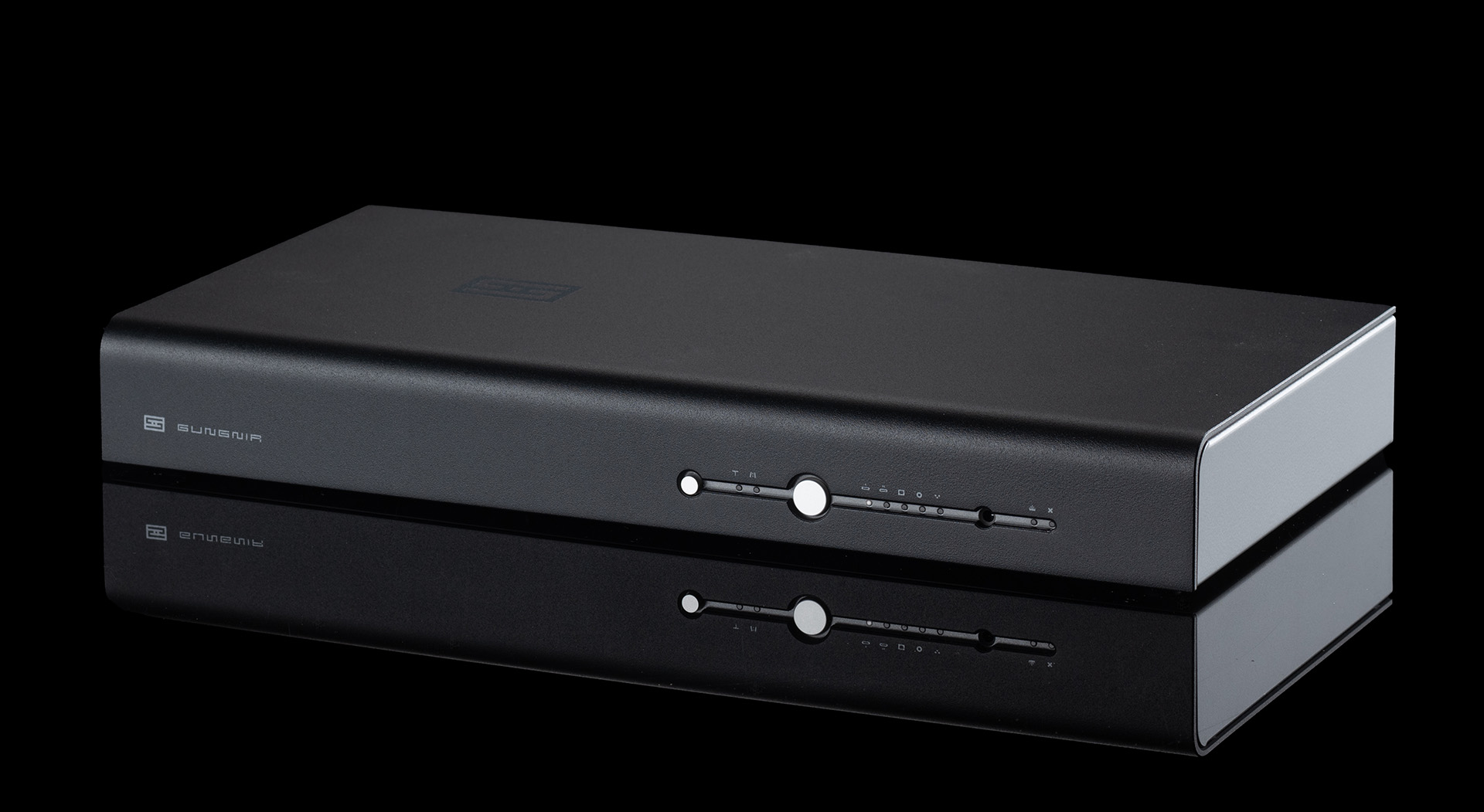
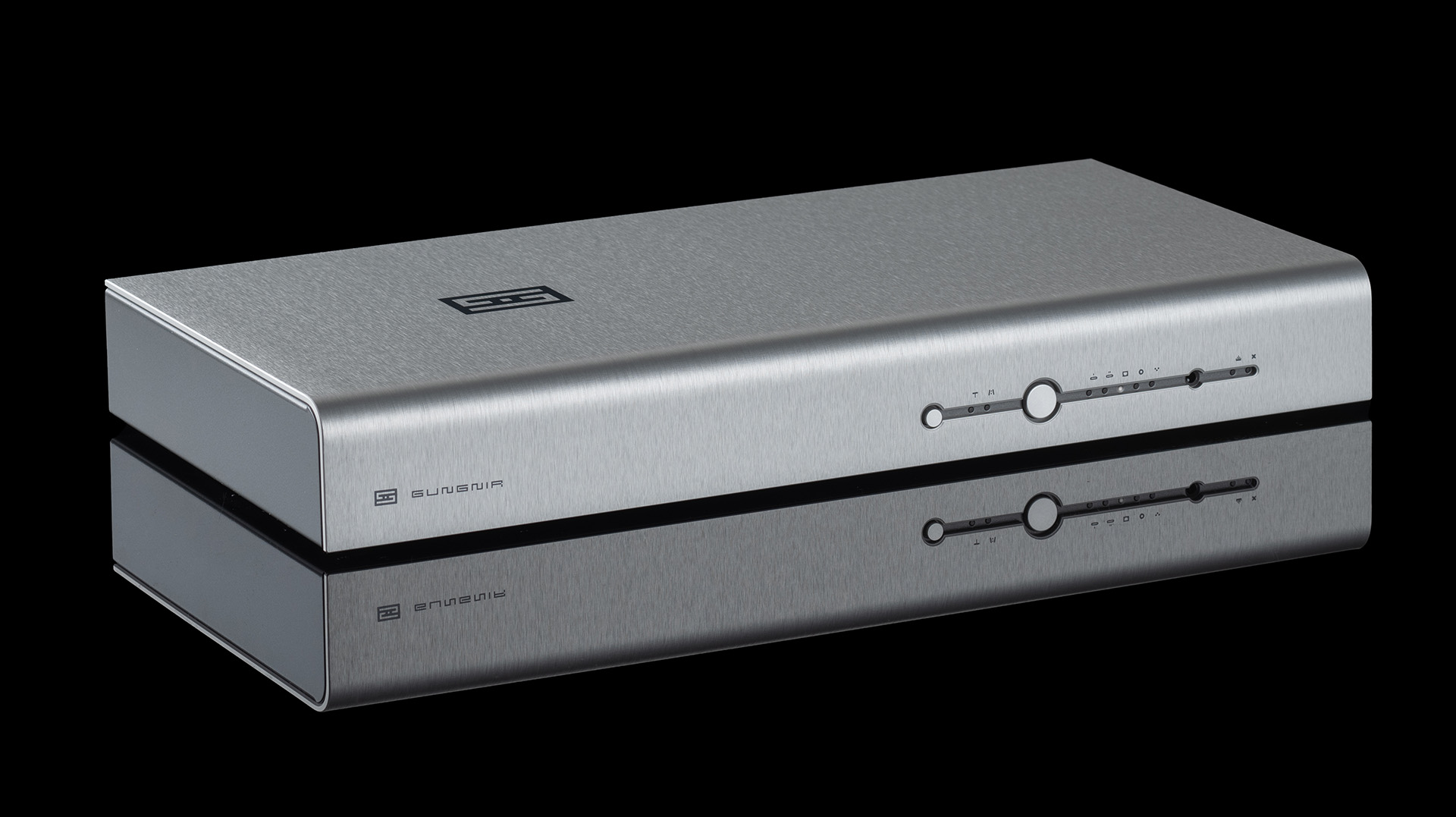
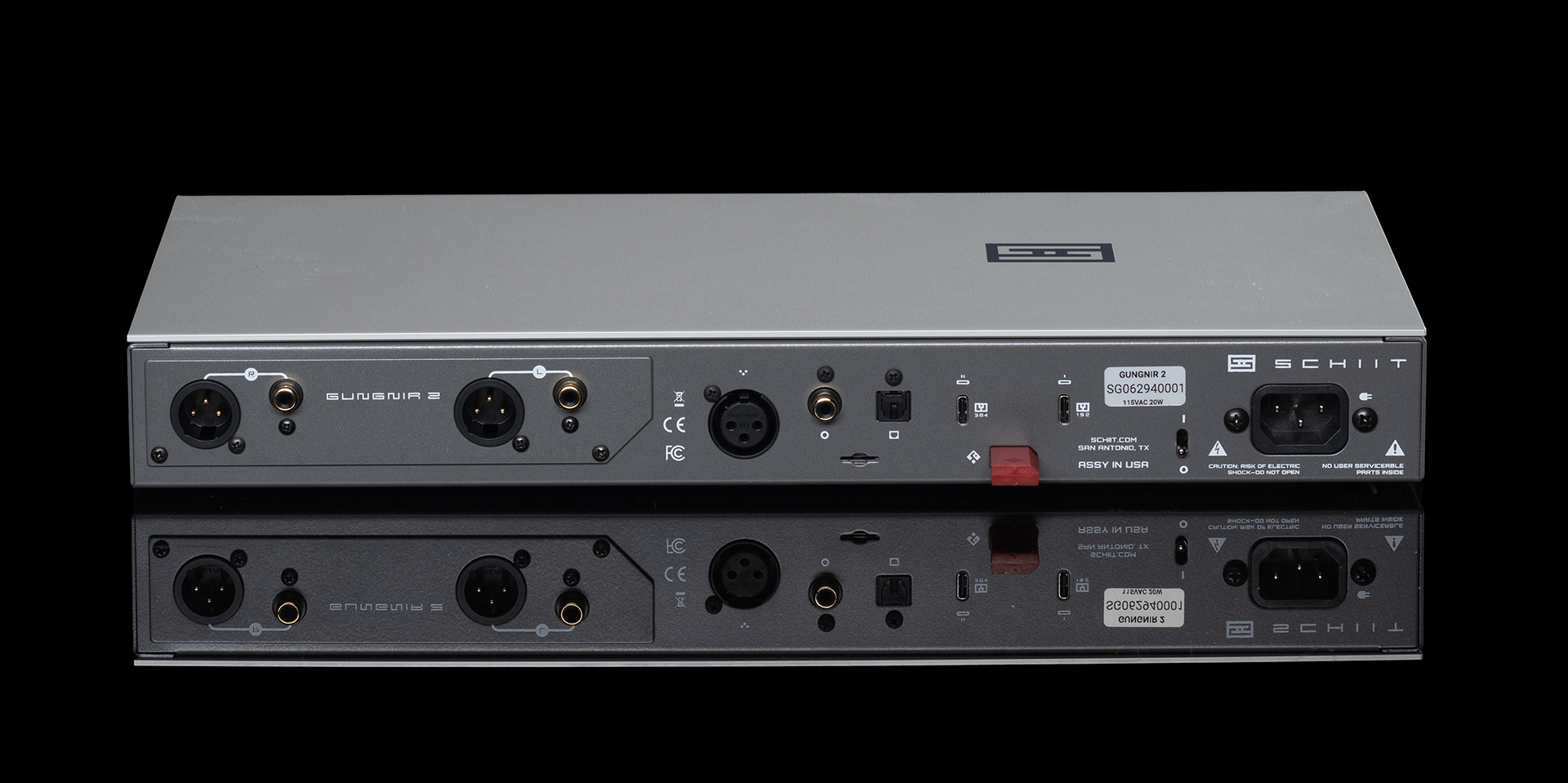
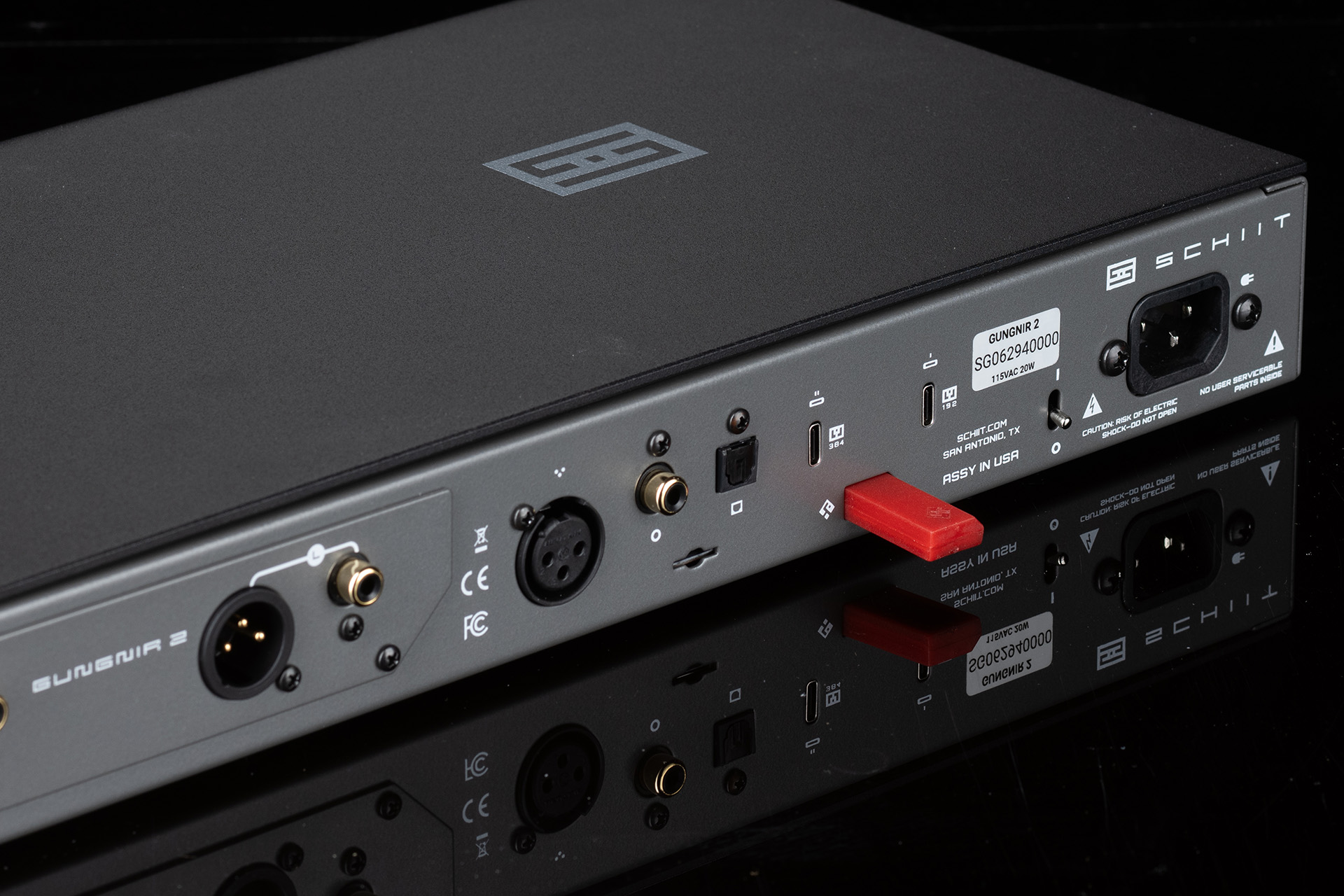
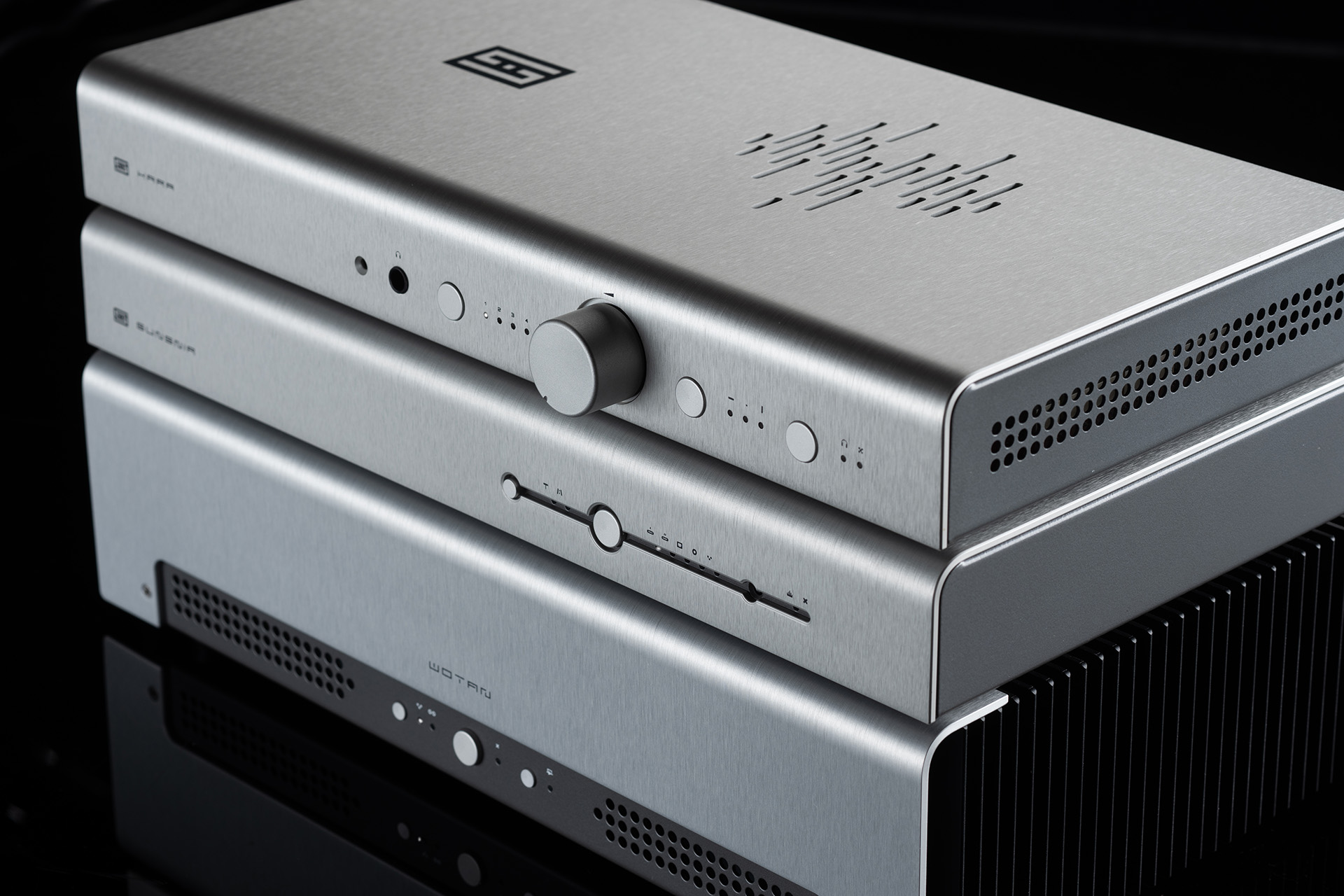
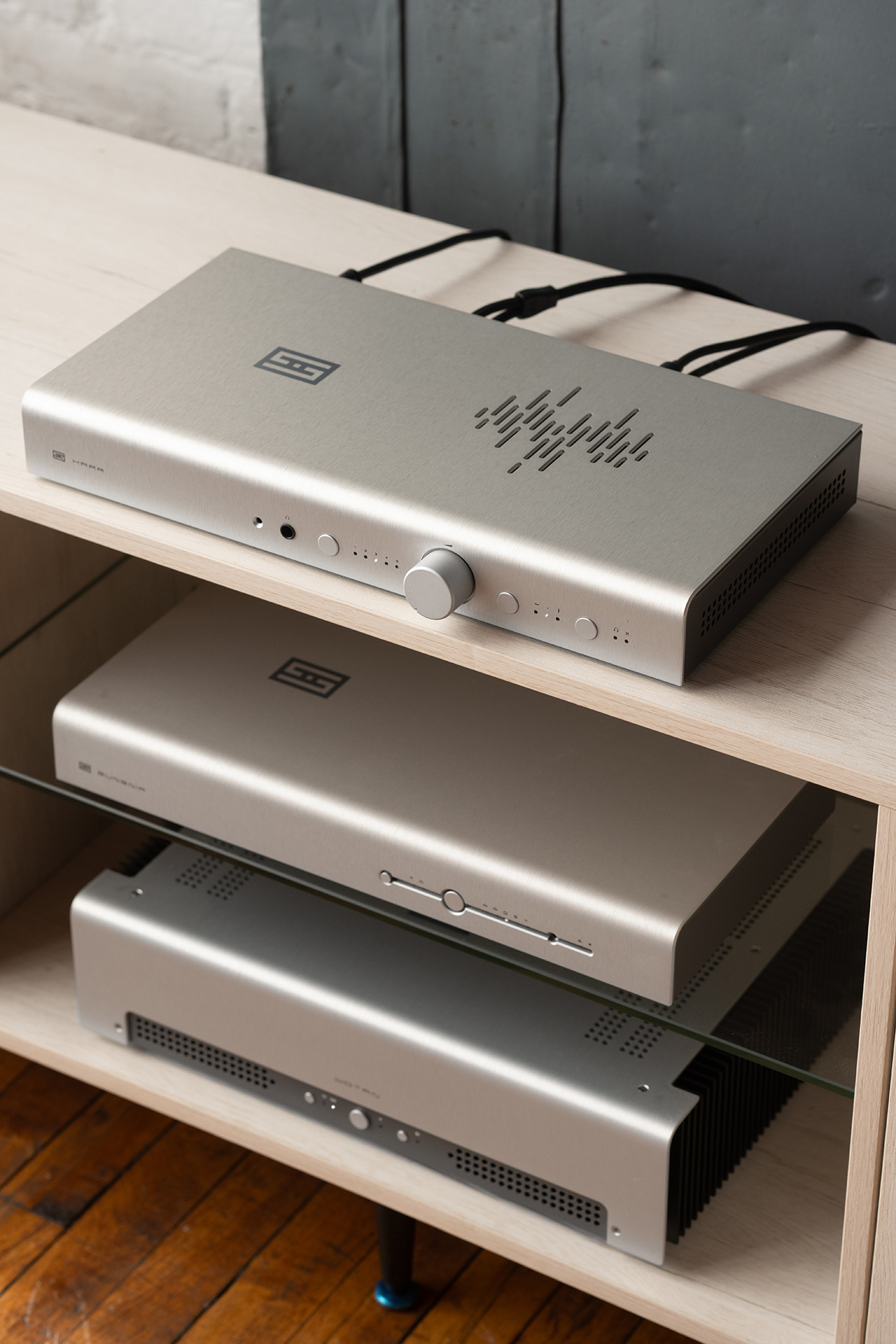
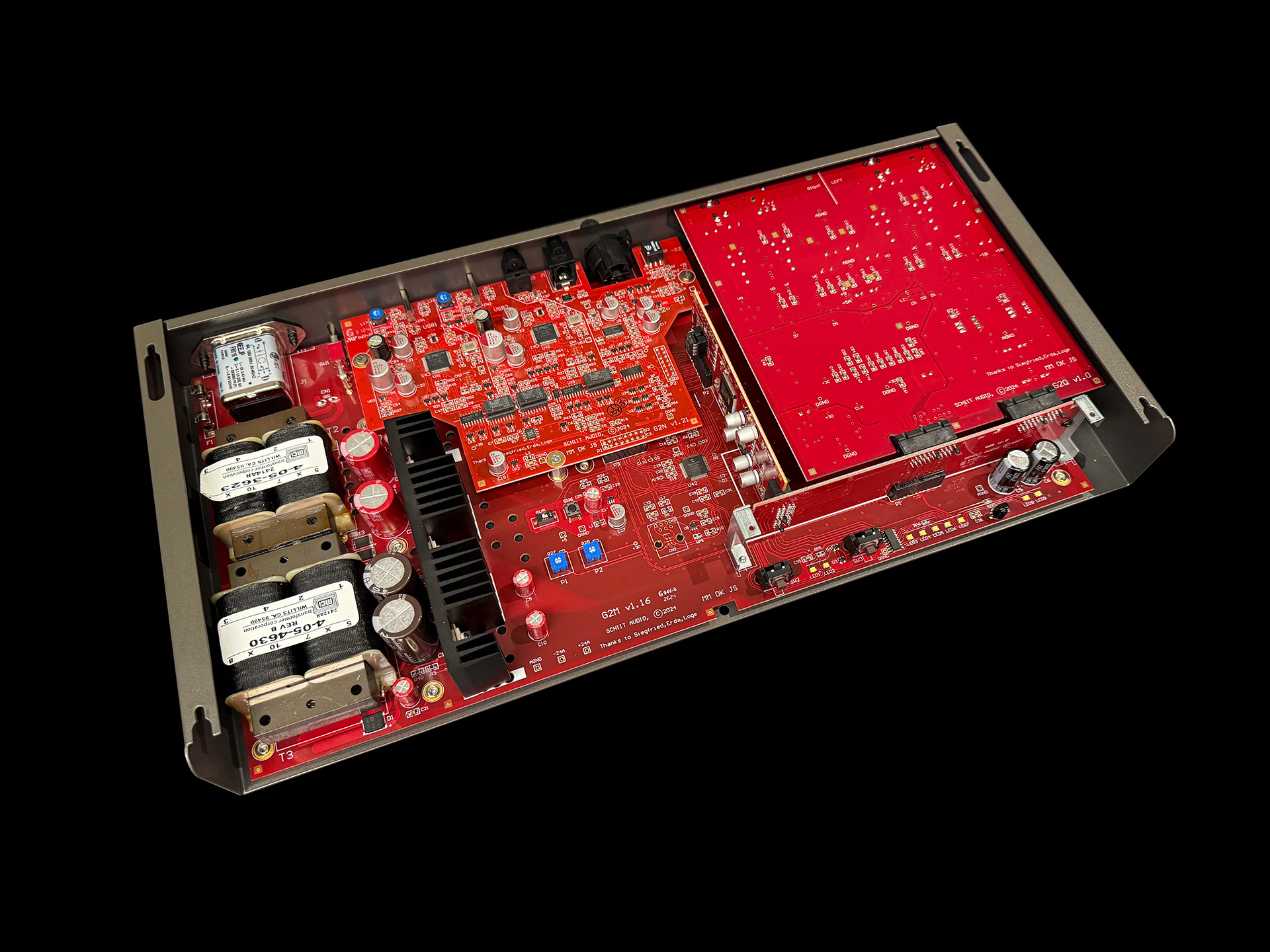
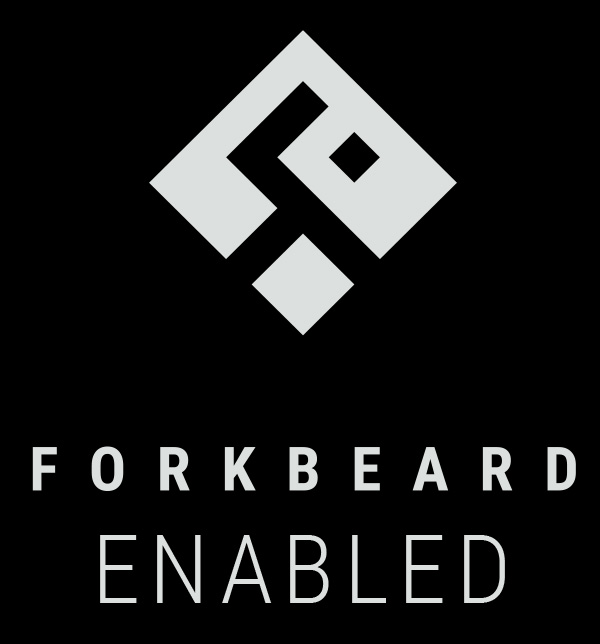
.png)